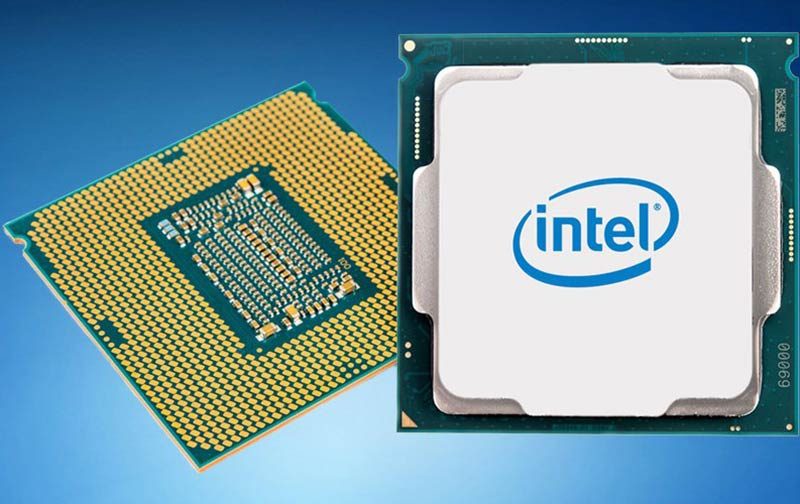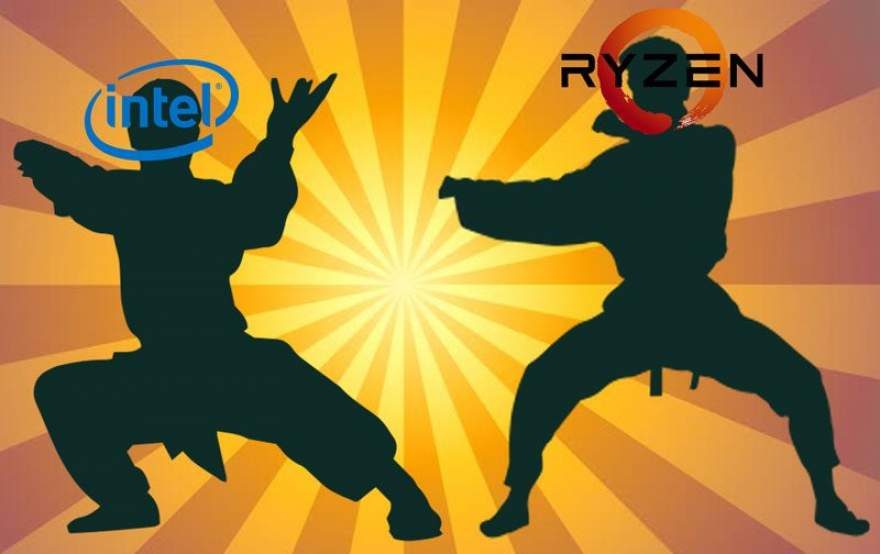Intel To Increase Low-End CPU Production
Mike Sanders / 5 years ago

Between various supply line problems that Intel has had in recent years, some would argue that the company themselves opened the doors to the success that AMD has seen with their Ryzen platform.
Since the release of AMD’s first-generation Ryzen processors, Team Red has been slowly gaining a significant portion of its former (nearly 50%) market share back. A factor only boosted further recent with the release of their 3rd-generation processors. A release which now (depending on whose figures you believe) currently has AMD at around a 25-30% market share. Way up from their circa 10-15% in the pre-Ryzen days.
In a report via PCWorld, however, Intel has said that their transition to 10nm development has formally been completed. As such, the company can now look to divert manufacturing focus back onto what they consider to be their ‘low-end’ desktop processors.

Intel Shift Focus to Low-End Desktop Processors
Similar to the HEDT market, Intel has been struggling to keep up a good supply of what you might politely call entry-level processors. All, again, factors that have helped AMD tremendously.
Intel has, however, now confirmed that their 10nm ‘Ice Lake’ architecture transition has now been completed. As such, they can look to divert the resources that went to push that ahead back into the business of making processors for basic desktop (and to a lesser extent, laptop) machines.
Ice Lake isn’t, incidentally, to be confused with their ‘comet-lake’ releases that may potentially come out by the end of this year. Ice Lake will be a 10nm design (Intel’s first) whereas ‘Comet-Lake’ just stuck another + sign to the 14nm process. I think that’ll make it 14nm++++ now.

Intel Solid-State Drives
In announcing the news, Intel has also indicated that the prices for the solid-state drives will likely remain stable. They may even possibly drop further. Why? Well, apparently they are working through what is believed to be a significant oversupply of flash memory.
It’s basically that whole supply and demand business. For the moment, the supply (at Intel) is way beyond the demand in the SSD market. Now all they need to do is try and fix that with their processors.
What do you think? – Let us know in the comments!



















